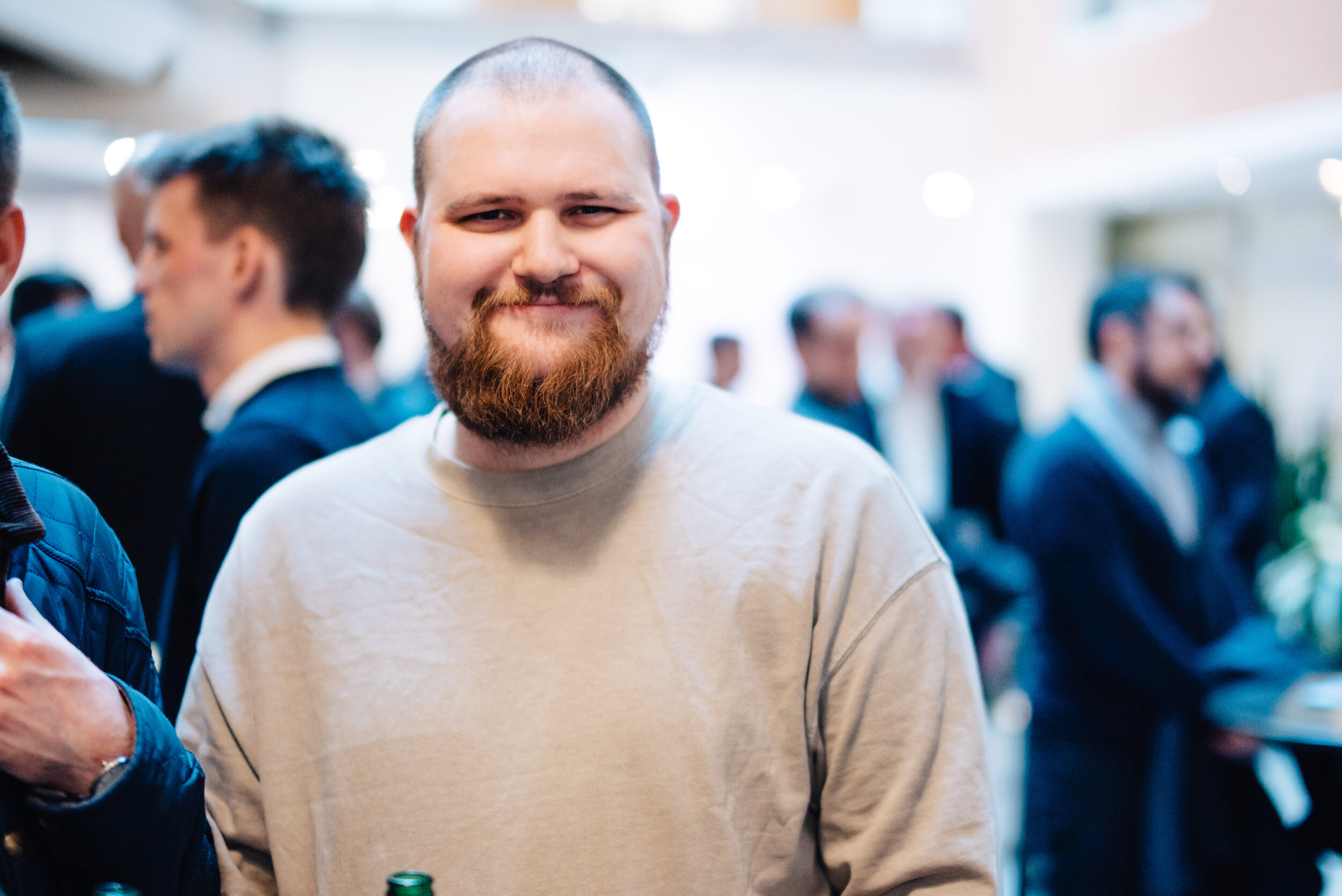Everysport Media Group's Nathanael Söderberg on How Publishers Grow Programmatic Revenue
“My main advice would be this: don’t be afraid to take the first step.”
Nathanael Söderberg is Ad Ops & Programmatic Specialist at Everysport Media Group (ESMG). We spoke to Nathanael about the year in Nordic Sports Media, IOs moving to programmatic guaranteed and media agencies’ long-term spending plans.
For those who don’t already know, can you tell us about Every Sport Media Group (ESMG) and your digital audience?
ESMG is Sweden’s largest sports media house, with a mix of owned and operated brands, including Eliteprospects, FotbollDirekt, Hockeysverige, the Swedish Golf Association and Hockeyallsvenskan. In total, our audience reach is around 1.5m unique users per week.
What have been the most significant changes to the market would you say through 2020 and the pandemic?
Our vertical was obviously very impacted when sporting events were cancelled in March, but as soon as they were allowed to begin again in June, our advertisers mostly found a way back too.
In general, I’d say the pandemic has just accelerated the shift to programmatic trading that was already going on.
A major part of all media plans was previously managed via insertion orders (IOs), largely fixed from when they are signed off. But amid the day to day uncertainty of the pandemic, even large companies were at times unclear how much they could set aside to marketing. Therefore, the impetus towards programmatic spend, and greater flexibility, was clearer than ever – whether in the open market, private marketplace or guaranteed.
“Programmatic traders are becoming responsible for budgets that were previously booked through insertion orders.”
How important is programmatic guaranteed to your business?
Programmatic guaranteed has grown a lot this year. I’d say this is actually part of a structural transition on the media agency side, where programmatic traders are becoming responsible for budgets that were previously booked through insertion orders.
Ultimately, programmatic guaranteed is about the buyer making the same commitment as an IO, so the publisher still has that stability. But for the buyer’s benefit, within that, there is more room to optimise within that time and budget – around viewability say, audience or performance metrics.
I believe it’s a great meeting point, half way between greater programmatic access for the buy side, and more security for publishers.
What would you say are the benefits of manual/direct sold guaranteed deals switching to programmatic?
Besides the flexibility – as outlined above, the second major benefit of programmatic guaranteed is around process.
An IO goes through sales people, planners, campaign set up, booking into an ad server, setting up 3rd party targeting etc. In short, multiple hoops to jump through just to get a campaign live. Then you also have to contend with the discrepancies you might see between the publisher’s stats versus what the buyer sees in 3rd party systems, essentially comparing apples and oranges.
Whereas programmatically, you just send an ID to connect, the data is consistent, and there’s more transparency for the buy side, with real-time data access all of the time. The buyer can also do most of the work on optimisation at their end – in fact, it gives advertisers and agencies a lot more ability to control and optimise than via insertion order.
For publishers seeking to grow PG revenues, what would be your main advice?
My main advice would be this: don’t be afraid to take the first step.
Historically in Sweden, that has been our first challenge. There is an understandable fear of losing or lessening the level of investment that currently comes via IO.
And there is always an element of trial and error - this is still a brave new tech world after all – but respect the process around that, make sure you have good people on the ad tech end to trouble shoot if you hit bump in road and you should be fine.
From our own experience at ESMG, once you hit the ground, it is actually easier to get media agencies to invest in programmatic guaranteed than maintain current levels as they stand via IOs.
We see that they have visions of being 100% programmatic in the long-term, so the switch to guaranteed as a bigger focus for us wasn’t something we had to think long and hard about in the end – ultimately, we know that’s what they want.
Programmatic guaranteed has been hyped for big growth a few times in the past, do you think it is now really living up to the promise? And if so, why do you think that’s the case?
Sweden has actually been quick to listen to all the hype and big news on what is the next big thing from other markets.
What was really missing in the past, though the product as a base has been there, was the interaction between different ad tech vendors behind it. If you like, the connectivity between different SSPs and DSPs. Those issues have since been resolved – and also the market has really matured alongside that. You have to push the envelope for a while before advertisers and media agencies really dip their toe in.
All in all, I believe there is the potential right now for guaranteed to take an even bigger percentage of the media plan than it is currently doing.
How is the experience of working with Magnite/Rubicon and Netric on guaranteed deals? Would you recommend them as a partner?
For us, the most important factor is that they’re agnostic – they only have an SSP, no DSP that they favour – we see that as a big plus.
Other bigger ad tech vendors that represent both sides claim there’s no conflict there, but that’s not so clear when you crunch the numbers.
I would definitely recommend them as a partner.
Get in touch to find out what Netric can do for you. Or subscribe here to be the first to read our interviews in future.

